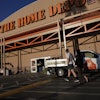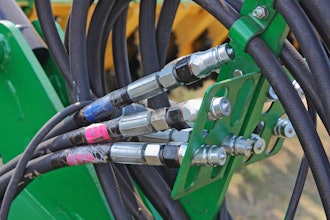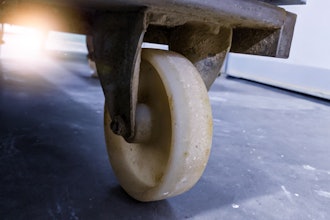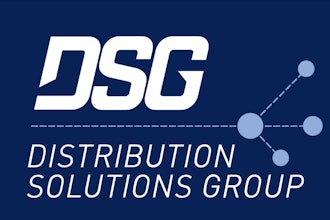PITTSBURGH— Power management company Eaton today announced tips aimed at helping professionals properly report counterfeit electrical products. The tips will assist professionals throughout the electrical supply chain with tools to recognize and report suspect products to ultimately help brands and law enforcement identify potential counterfeit product supply chains.
Eaton developed these tips in response to results from its joint survey with the Independent Electrical Contractors (IEC). Survey results indicated that educational programs are helping to increase awareness of the dangers of counterfeit products, but these products continue to be found in the field and generally are not reported.
“Industry survey results are showing that electrical contractors are recognizing the prevalence and dangers of counterfeits in the industry,” said Tom Grace, brand protection manager, Eaton’s Electrical Sector Americas. “However, many respondents also acknowledged that if they encounter a product in the field they suspect to be counterfeit, they do not know where and how to report it.”
The results from studies conducted by other industry organizations are consistent with Eaton’s findings about the lack of knowledge in reporting counterfeits. For instance, the Electrical Safety Foundation International (ESFi) confirmed in its 2014 Counterfeit Electrical Products Survey that only half of its respondents “reported a counterfeit electrical product upon discovery.”
By following these tips, contractors, distributors and resellers alike can become more confident in their ability to properly report counterfeits.
- Contact brand owner. If a product is believed to be counterfeit, it is recommended to contact the brand owner. This will allow authentication of the concerning product and ensure that the potentially hazardous product is removed from the market place. Contact Eaton at [email protected].
- Provide as much information as possible. The more information a brand has, the better chance it can find similar products and remove them from the marketplace to protect consumers. This includes:
- Name, business name, address, domain name and any other identifiers of vendor
- Description of commodity, including explanation on why it is suspect to be counterfeit
- Set-up reporting process. To protect yourself, your employees and your work environment, it is beneficial to establish a company-wide process for reporting counterfeit electrical products. This provides a collaborative outlet for alerting fellow workers and protecting your property.
- Default to International Property Rights (IPR) Center. If you cannot find brand contact information, don’t stop there. You can always contact the IPR Center who will disseminate the information for appropriate response. Contact the IPR Center at [email protected] or 1-866-IPR-2060.
- Buy Authentic. The best way to avoid counterfeit electrical products in the first place is to purchase products from the manufacturer’s authorized distributors or resellers. There is a higher risk of counterfeits if one cannot trace the path of commerce to the original manufacturer.
“Stopping the sale of counterfeit products benefits everyone, which is why it’s important for industry professionals to report suspect products, ultimately inhibiting potentially dangerous components from being sold,” said Grace. “It is crucial to work together to prevent these unsafe counterfeit products from causing harm to people and property.”
Eaton is committed to stopping counterfeiting of electrical products worldwide. Its electrical business is committed to anti-counterfeiting technologies and programs. For additional information about the dangers counterfeit electrical products, please visit Eaton’s site at www.eaton.com/counterfeit.






















